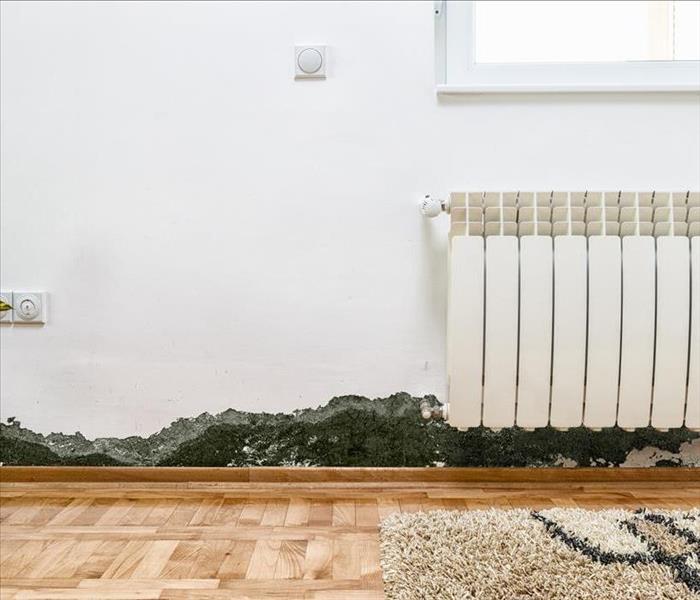Mold Coverage for Your Home
1/26/2021 (Permalink)
Your homeowners insurance is designed to protect you from having to pay out of pocket for sudden disasters that occur in your home in Washington, NC. The busted pipe and subsequent water damage from a few weeks ago may have been resolved, but the telltale odor and the positive mold test indicate that you haven't reached the end of that story yet. Does your policy cover the cleanup?
Residential Mold Coverage
Typical Coverage
Most basic policies only cover the services of mold mitigation experts if the growth was the direct result of a covered peril. There are many examples of circumstances in which this can occur:
- Roof leak that causes growth before it can be fixed
- Sink that leaks into the cabinet below where mold can thrive
- Supply line rupture behind refrigerator that causes mold damage to the wall behind it
Some policies even have clauses that detail partial mold coverage. For example, they may pay for the cleanup services but not for the mold test or restoration. The policy you've chosen may cover mold but only up to a certain dollar amount. Your agent can clarify exactly what your policy covers if you discover a mold problem in your home.
Additional Coverage
Some homeowners find it prudent to purchase additional mold insurance. This is a particularly smart move if you live in a very humid area where mold issues are more prevalent. If you own an older home, it may have been built with materials that are naturally more prone to fungus growth. In this case, extra coverage or a mold endorsement may be worth considering. Getting this additional protection may cost several hundred dollars more a year, but if you end up needing to file a claim, it can save you a lot of money, too.
If a mold test reveals that you need remediation, your insurance policy may not cover the whole cost. It's important to know how well your current policy covers the repairs you need.






 24/7 Emergency Service
24/7 Emergency Service
